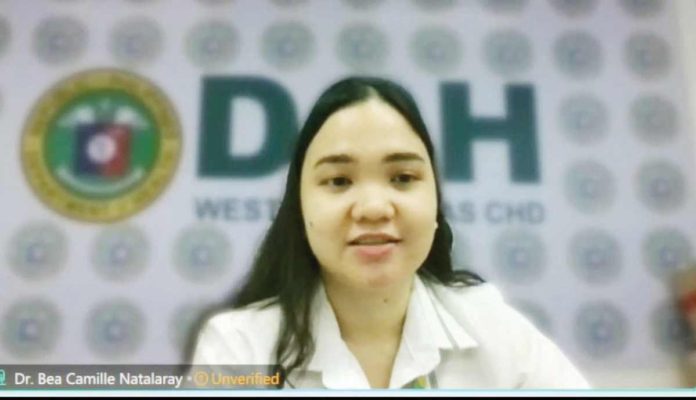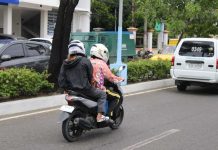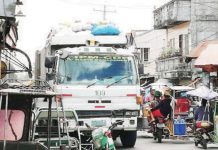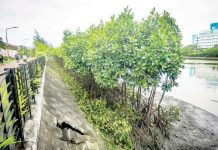
ILOILO City – With dengue cases in Western Visayas soaring to 12,198 since the beginning of the year, the Department of Health (DOH) is emphasizing the urgency of early diagnosis and treatment.
Addressing symptoms promptly can prevent fatalities, stressed Dr. Bea Camille Natalaray, head of the Emerging and Re-Emerging Infectious Disease (EREID) division of DOH Region 6.
From January 1 to August 10, 2024, the region recorded 12,198 dengue cases – a 142% increase from the previous year’s 5,036 cases. Both periods saw 24 fatalities.
“Most of our dengue-related deaths are linked to delayed medical consultations, with patients often seeking help several days after symptoms begin,” said Natalaray.
She strongly advised, “If a child has had a fever for two days, they should be taken to a Rural Health Unit immediately to check for dengue.”
Dengue, a mosquito-borne viral infection, spreads through the bites of infected Aedes mosquitoes, primarily Aedes aegypti, which are active during daylight hours.
Early symptoms typically include high fever, severe headache, pain behind the eyes, joint and muscle pain, rash, and mild bleeding.
If not managed timely, dengue can develop into more severe forms, such as dengue hemorrhagic fever or dengue shock syndrome, which can be fatal.
Natalaray addressed common misconceptions about the disease’s progression.
“Many believe that if a child’s fever subsides after two days, they are on the mend. However, this is often when severe dengue symptoms, such as abdominal pain and bleeding, start to manifest,” she said.
“It’s critical to understand that the disappearance of fever can precede the most dangerous phase of dengue,” Natalaray stressed.
The latest data on dengue cases per province include:
* Aklan – 1,508 cases, 1 death
* Antique – 759 cases, 1 death
* Capiz – 1,251 cases, 3 deaths
* Guimaras – 912 cases, 1 death
* Iloilo – 4,754 cases, 8 deaths
* Iloilo City – 692 cases, 3 deaths
* Negros Occidental – 1,871 cases, 6 deaths
* Bacolod City – 451 cases, 1 death
This year, adolescents aged 11 to 20 years represent 34% of the cases, indicating a shift in the age group most affected by the virus, said Natalaray.
Here’s the breakdown of dengue cases by age group:
* 11 to 20 years old – 4,112 cases
* 1 to 10 years old – 3,894 cases
* 21 to 30 years old – 2,068 cases
* 31 to 40 years old – 793 cases
* 51 years old and above – 679 cases
Also, significant clustering has been identified in 660 barangays across the region, each reporting three or more cases within a four-week period – Aklan (77), Antique (23), Capiz (67), Guimaras (50), Iloilo (288), Iloilo City (46), Negros Occidental (93), and Bacolod City (16).
DOH-6 also identified notable hotspot areas (with clustering of cases, increasing trend or with dengue deaths):
* Capiz – Barangay Tacas, Pontevedra
* Guimaras – Barangay Santa Teresa, Jordan
* Iloilo – Barangay San Matias, Dingle; Barangay Magdalo, Banate; and Barangay Jovellar, Igbaras
* Iloilo City – Barangay Cuartero, Jaro; Barangay South Fundidor, Molo
* Negros Occidental – Barangay Cabadiangan, Sipalay City; Barangay 6, Moises Padilla; and Barangay VI-A, Victorias City
* Bacolod City – Barangay Estefania/PN





